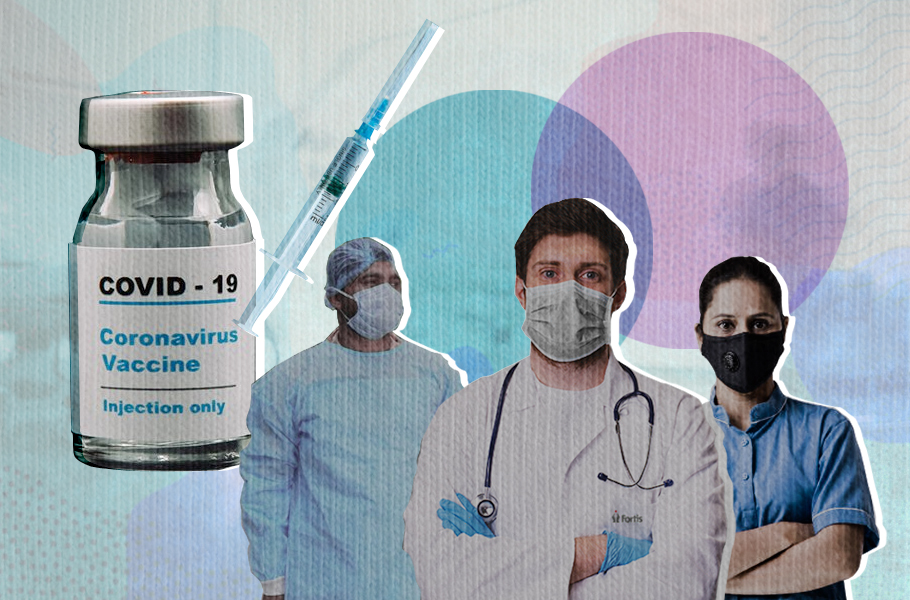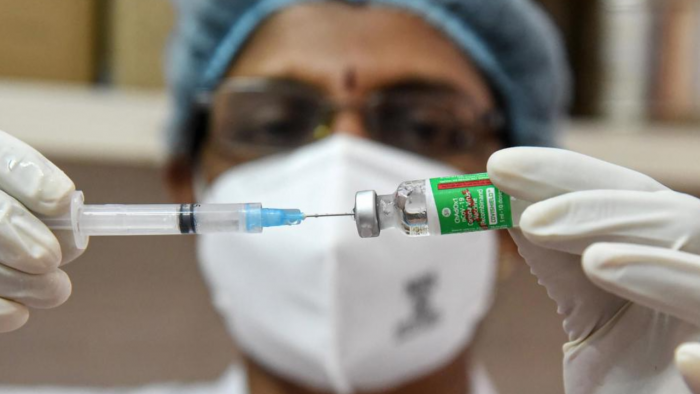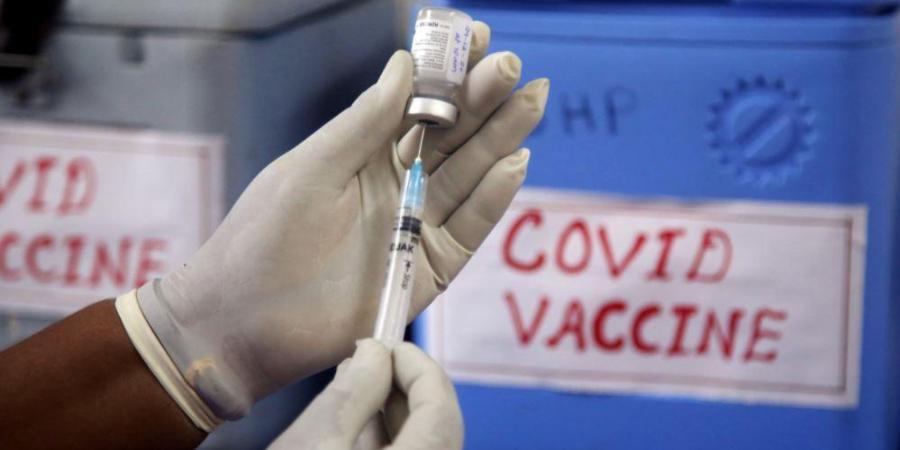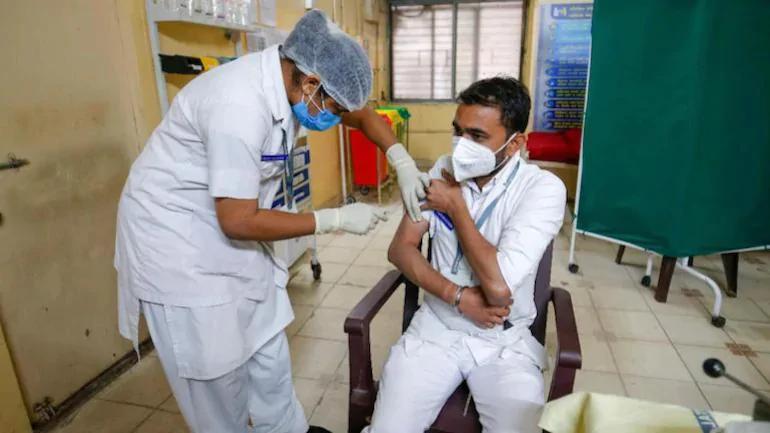
- Home
- India
- World
- Premium
- THE FEDERAL SPECIAL
- Analysis
- States
- Perspective
- Videos
- Sports
- Education
- Entertainment
- Elections
- Features
- Health
- Business
- Series
- In memoriam: Sheikh Mujibur Rahman
- Bishnoi's Men
- NEET TANGLE
- Economy Series
- Earth Day
- Kashmir’s Frozen Turbulence
- India@75
- The legend of Ramjanmabhoomi
- Liberalisation@30
- How to tame a dragon
- Celebrating biodiversity
- Farm Matters
- 50 days of solitude
- Bringing Migrants Home
- Budget 2020
- Jharkhand Votes
- The Federal Investigates
- The Federal Impact
- Vanishing Sand
- Gandhi @ 150
- Andhra Today
- Field report
- Operation Gulmarg
- Pandemic @1 Mn in India
- The Federal Year-End
- The Zero Year
- Science
- Brand studio
- Newsletter
- Elections 2024
- Events
- Home
- IndiaIndia
- World
- Analysis
- StatesStates
- PerspectivePerspective
- VideosVideos
- Sports
- Education
- Entertainment
- ElectionsElections
- Features
- Health
- BusinessBusiness
- Premium
- Loading...
Premium - Events

How frontline staff reacted to first dose of COVID-19 vaccine

Reji Shaji, head of the surgical ward in a private hospital in Kannur, took her first dose of Covishield, the vaccine by Oxford-AstraZeneca on January 31. “We were very tense. Those who had taken it before us had shown mild symptoms of fever and body pain. So we had already popped a Dolo-650, before getting the shot,” she says. “Some of my colleagues who had night duty on the same day...
Reji Shaji, head of the surgical ward in a private hospital in Kannur, took her first dose of Covishield, the vaccine by Oxford-AstraZeneca on January 31.
“We were very tense. Those who had taken it before us had shown mild symptoms of fever and body pain. So we had already popped a Dolo-650, before getting the shot,” she says.
“Some of my colleagues who had night duty on the same day of the vaccination had taken leave in advance. Some adjusted their shifts with their friends. The unlucky ones who had no option but report to duty the same day of their vaccination had a terrible time.”
Reji was one of the unlucky ones.
“I had mild fever, shivering and body pain. The fatigue lasted for almost three days.”
A few nurses who lived in the hostel accommodation could at least take rest once they got back from work.
“But I am a housewife. I had to do the washing, cleaning and cooking at home with all the symptoms flaring up,”, says Reji.
“Before midnight the same day, the girls who were on night duty were calling me up and crying. They just couldn’t keep their heads up anymore.”
Reji is already dreading her second dose. But she is more prepared. “I made sure I have help at home the day of my allotment. The nurses in my ward have also fixed their night duties accordingly.”
Unexpected beginning
Official figures state that almost 80% of Kerala’s government and private frontline health workers have received their first dose of Covishield vaccine since January 15 this year. And around 60% of them have reported ‘expected mild symptoms’, varying from fever and chills to body pain, vomiting and severe headaches.
An alarming number of health workers have also been reported as drop-outs and ‘defaulters’.
“The Covishield vaccine is a live vaccine which may cause certain expected adverse reactions in the body whereas Covaxin is an attenuated vaccine or ‘killed’ vaccine, which may be milder,” says Dr Benny PV, a professor in Community Medicine and editor of the IMA’s Kerala Medical Journal.
“But as health workers, we have to be vaccinated. There is no other option. The anxiety and the discomfort are far better than the alternative—being COVID-19 positive. That would entail a 10-day quarantine followed by a week’s rest; 17 days of being out of work and incapacitated.”
Apparently, it’s not that simple.

How Kerala executed vaccine rollout
The state government had started its registration for vaccinating its frontline health workers across the state in early November.
“It was no small task,” says Dr Gopakumar, COVID Lab Surveillance Officer, Kottayam. All the government and private hospitals, clinics and health centres in Kerala were given Google spreadsheets by mail for data collection.
“The data included names, birth dates, details of a nationally-valid identification document other than Aadhaar of doctors, nurses, technicians, students of nursing schools and colleges, sanitation workers and every other supportive staff.”
This data was segregated cumulatively and uploaded on the Co-WIN App. Teams working under the aegis of the Collector and the District Medical Officer would select hundred names randomly to be vaccinated on a given day at a chosen vaccination centre, which would most probably be a government or private hospital equipped to deal with allergic reactions.
“Only 10 vials would be opened in a day to vaccinate 100 people; each dose to the left arm containing .5 ml.”
What frontline health workers say
Hassan SS, state secretary of Kerala Government Nurses Association, took his first dose at the nearest taluk hospital in his home-town Trivandrum.
“They offered us four tablets of Paracetamol each. But I didn’t take it then. By late evening, I started developing a mild fever. Eventually, I had to take all the painkillers.”
Mild adverse reactions can be expected but, as Hassan says, the health department would not want to magnify the symptoms.
“They claim that these mild reactions are only as serious as those of any infant getting its MMR shot. But we care for an infant so much. Will anyone give that kind of priority care for adult vaccines?”
Vaccination is a must, says Dileep MK, professional in Infection Control and an expert in pandemic research. “Health workers, being the most vulnerable in any pandemic, cannot afford to think twice, unlike the layman who can wait and weigh his options.”

But instead of saying this vaccination is mandatory, says Dileep, the government must make good its claims about the vaccines by being the first example.
In the Middle East, where both the Sputnik and the Chinese vaccines are being administered, the first doses were given to the members of the Royal family. “This convinced the rest of the public. If the people with the most power and money have taken this vaccination, then the vaccine must be genuine and safe.”
In India, however, the first recipients were frontline health workers. “The reason being that if things go wrong, health workers have the know-how and the resources to tackle it.”
How can you then expect people to have faith in a system which puts the most vulnerable work-force at risk, asks Mohammed Shihab, president, Indian Nurses Association.
Drop-outs and logistical issues
Although the official figures state that the first dose of Covishield vaccination drive in Kerala has been administered to an approximate 80% of health workers, the number of drop-outs from the Co-WIN registration app could be more than 30%.
“Asking a random group of health workers to arrive at a particular vaccination centre was a logistic disaster. Around 40% of defaulters could be found on a daily basis”, says Dr PK Mohammed Rasheed, founder president of Kerala Private Hospitals Association.
Dr Rasheed had to drive 20 km from his workplace to reach his designated vaccination centre. “Not all health personnel have the resources to drive and get to the spot.”
Moreover, a vial cannot be wasted once opened. So on-the-spot vaccinations were given to new registrants, who may or may not have been health workers.
In certain districts, owing to the challenges mainly in manpower, private hospitals were asked to be their own vaccination centres.
At Reji’s hospital in Kannur, such was the case. “A senior staff nurse from Kannur District Hospital would come every day with the daily supply of 10 vials of Covishield. She would first give us training in administering the injection to one another. She would oversee the vaccination procedure for a few hours and also take our feedback. We also got free Paracetamol tablets from them to combat the symptoms,” says Reji.
But private hospital administrations could have at least charted out a realistic work schedule. “Ten nurses from each department per day could get vaccinated”, says Reji. “This would ensure that a back-up team of healthy nurses would be available throughout to resume duties. We could have easily averted the terrible consequences.”

Drop-outs also occurred because health workers were not willing to take the risk of being vaccinated in primary health centres and taluk hospitals.
“Health workers know that this vaccine can trigger anaphylactic symptoms. An ICU back-up facility is a must, and these centres do not have any.”
In spite of taking all the necessary measures for this free massive vaccination drive, more than 20% of the target beneficiaries were drop-outs. That, says Rasheed, by itself is a failure for the government.
Irrespective of who the beneficiaries are, precautions need to be taken before and after administering the vaccines. Accessibility to vaccination centres should be based on logistics, not at random.
The government should also be willing to talk about the vaccines, prepare and publish a schedule that details each vaccine, its manufacturers, phases and completion trials, the disclaimers and so on.
The next in line for the free Covishield vaccines are senior citizens. “With this high-risk group, no one can predict the outcome,” says Dr Rasheed. Seventy-nine-year-old Dr Rasheed has taken both doses of Covishield and he did not even need a Paracetamol. Everyone may not be that lucky.
